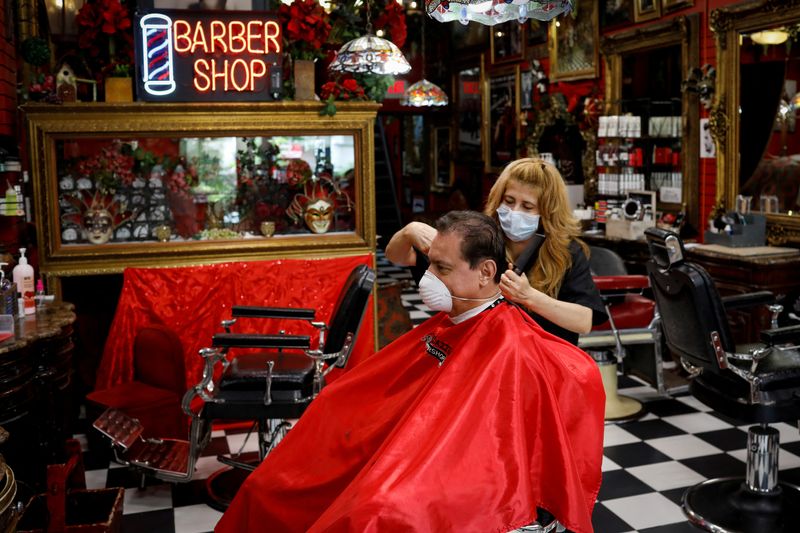By Chris Taylor
NEW YORK (Reuters) - If you ever want to start a raging family debate over the holiday dinner table, forget religion or politics – just bring up the subject of tipping.
There are so few established norms on year-end giving viewpoints about who should get tips over the holiday season – and how much they should get – can be all over the map.
“Tipping is one of the most controversial subjects there is,” says Thomas P. Farley, who is known as Mr. Manners. “I talk on etiquette issues all year long, and tipping is the one that always gets thousands of comments. People feel very strongly about it.”
Now there is new fodder for those arguments: A survey from financial information site Bankrate.com, which reveals just how much the tipping landscape has changed compared to last year.
The findings are a mixed bag for service providers, with some good news and some bad news about what is coming their way.
“More people are planning to give tips this year, but in lower amounts,” says Ted Rossman, Bankrate’s senior industry analyst. “There seems to be an acknowledgement that everyone is dealing with inflation and high costs, which makes people more likely to tip. But at the same time, we may not have that much to give.”
Indeed, 56% of housekeepers can expect a tip (compared to 47% last year), as can 51% of teachers (up from 41%) and 49% of childcare providers (also up from 41%).
A larger pool of tip recipients means that money is being spread a little more thinly, though. For instance, the median tip for housekeepers has dropped to $40 (from $50), and to $25 for childcare providers (from $50).
Despite the shifting numbers, it is basically the same conundrum every year. People would love to shower everyone in their lives with holiday money. Financial reality dictates that we cannot.
So how do you solve that riddle? A few pointers from the experts:
PLAN IT OUT
Instead of being haphazard about tipping, be thoughtful about whom you need to honor in your life and how much you can actually afford.
“I would make a list and triage it,” says Farley. “Think about the ‘musts,’ and be certain to recognize those service providers with whom you’re on a first-name basis – whether hairstylists or doormen or the people caring for your children.”
BE CREATIVE
Cash is king, of course, but you can also consider alternatives if need be. For instance, Rossman says, some organizations like FedEx (NYSE:FDX), UPS or the Post Office might not be thrilled about cash tips for workers, so ask about what is acceptable and what is not.
While such policies are usually not strictly enforced, one way around them is to buy a gift card to a specific store. A group gift, perhaps for your child’s classroom teacher, can be another way to show appreciation while defraying costs.
TALK ABOUT IT
Some tips have a standard range – like servers at a restaurant, who typically expect around 15-20%. But when it comes to holiday tipping, people just do not know what to do.
The solution to that problem is to be open about it, instead of secretive.
“Look at what your neighbors are doing, and engage them in conversation,” says Farley. “You don’t want to be an outlier either way, either too much or too little.”
Here is a hint: In the Bankrate survey, the median planned tip is $25 for landscapers, $20 for teachers, and $20 for mail carriers. For people you see occasionally, like hairstylists or massage therapists, a typical rule of thumb is the cost of one service.
AVOID ‘TIPFLATION’
Almost anytime you go into a retail store these days, you are offered the opportunity to tip. That is called tipflation or tip creep, Farley says, and you should feel under no moral obligation to do so.

After all, if it is a retail clerk you have never seen before and will never see again, there is no existing personal relationship there. If you are feeling generous, go ahead. But it's better to focus on the ongoing service providers in your life, who should be recognized with a healthy year-end tip.
Says Farley: “Like Santa Claus, make a list and check it twice – but don’t go bankrupt.”